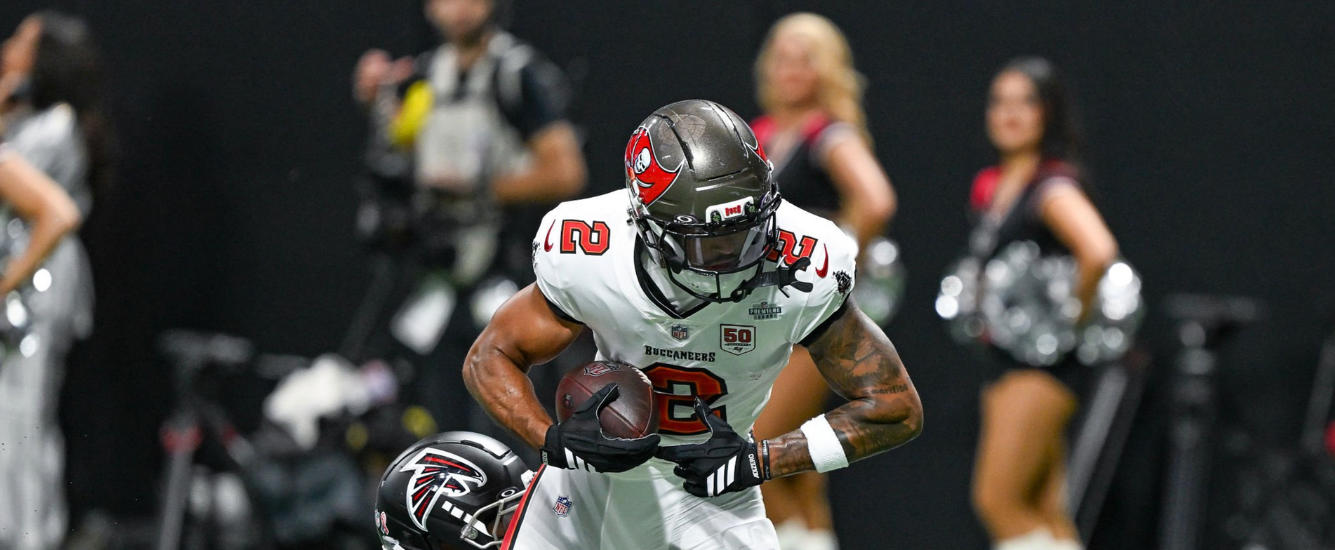As we race toward peak fantasy football draft season, we’re seeing the annual flurry of articles exploring running back and wide receiver strategies, correlations, tendencies, and more. These two positions dominate fantasy football discourse for good reason. They will be the largest sources of your teams’ points. All of that research supports a relatively strong understanding of how to draft those positions, particularly in best ball formats. As I shared in my first article utilizing my 12-million-team simulated dataset, spending disproportionate draft capital at WR has been a consistently strong strategy. While continued research is crucial to refine our understanding of the two most-discussed positions, it’s not the lowest hanging fruit on the best ball optimization tree.
In my opinion, tight end is currently the least understood position in best ball. In this article I will utilize my massive, 12-million-team simulated dataset to explore underused TE constructions. We’ll marry the data with the theory to understand how these strategies can further bolster our edge in best ball tournaments.
If you haven’t read my first article discussing this simulated data, please follow the link above to learn more about how this data was generated.
Tight End is More Complex than Other Positions in Best Ball
Tight end is popularly viewed as being similar to quarterback in that both positions only require a single starting player each week. However, I think that viewpoint is overly simplistic for two reasons:
- Tight ends score fewer points than any other position when adjusted for cost. This is particularly true when compared to QBs. If you could choose to take a zero at any position for the entire season, you’d choose TE.
- Tight ends can be used in the flex position, where QBs cannot.




















